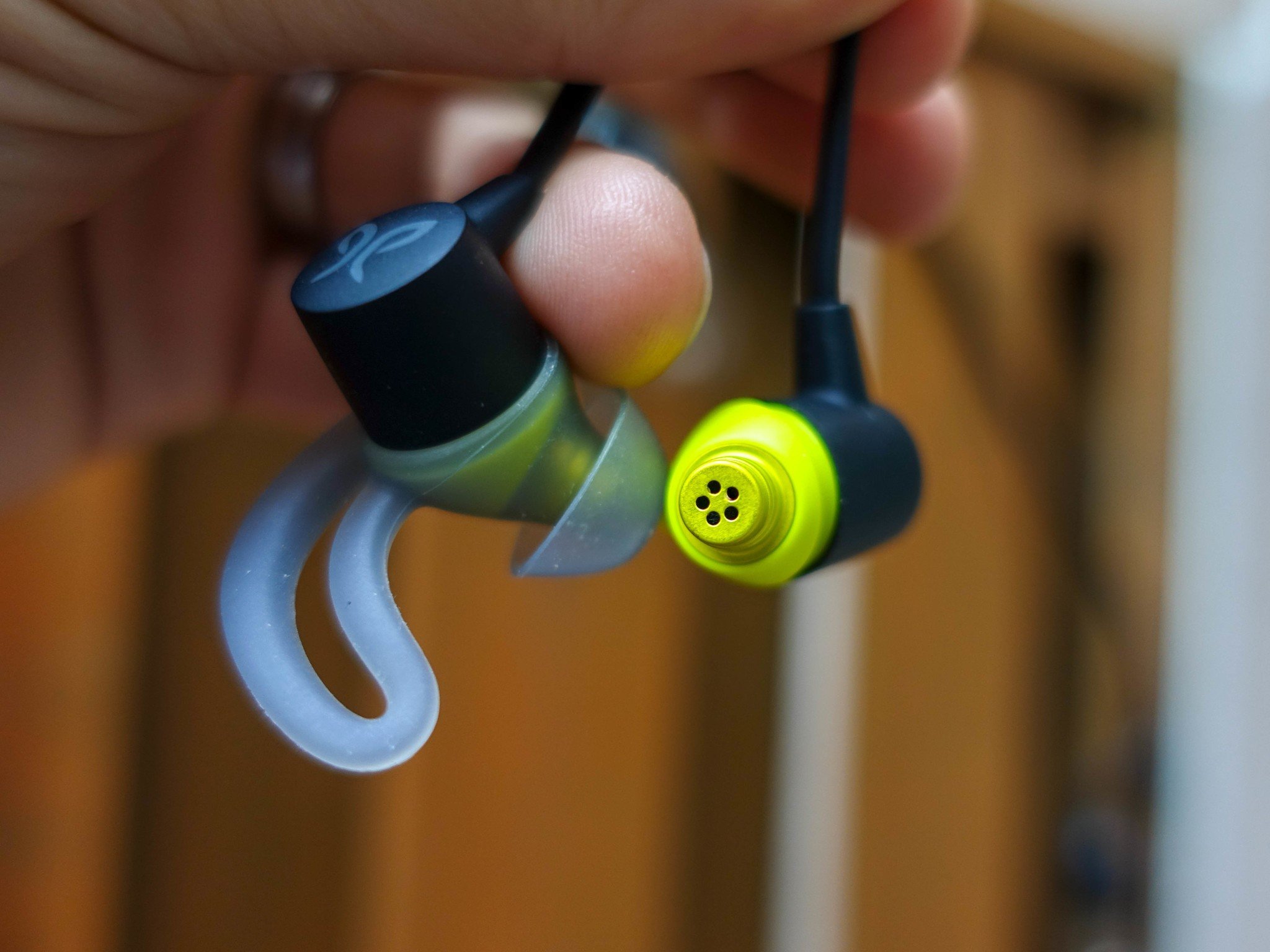It's hard to find anyone who dislikes Jaybird's headphones. It seems to be one of those brands impervious to negative reviews. People either love them or like them; the worst I've heard about the company's headphones is that it's sometimes difficult to get a comfortable fit with any of the myriad tips and wings that come included in the box.
Jaybird's latest salvo aimed at the increasingly-competitive wireless headphone space is Tarah, its replacement for the popular Freedom 2 and, at a hair under $100, its cheapest offering.
Named after the group of Indigenous Tarahumara people of Chihuaha, Mexico, famous for their long-distance running, I have no doubt Tarah will be an incredibly popular product later this year. While they lack the amenities that come with the more-expensive X4, Tarah excels at the fundamentals.
The Good
- Great sound
- Comfortable to wear for long periods
- 6-hour battery is good enough for even the longest runs
- Jaybird app is actually useful
- Google Assistant support
The Bad
- Price may be too high for the average runner
- Separate charging dock easily misplaced
- Fewer fit options because tips and wings are combined
- Cinch is finicky and easy to lose
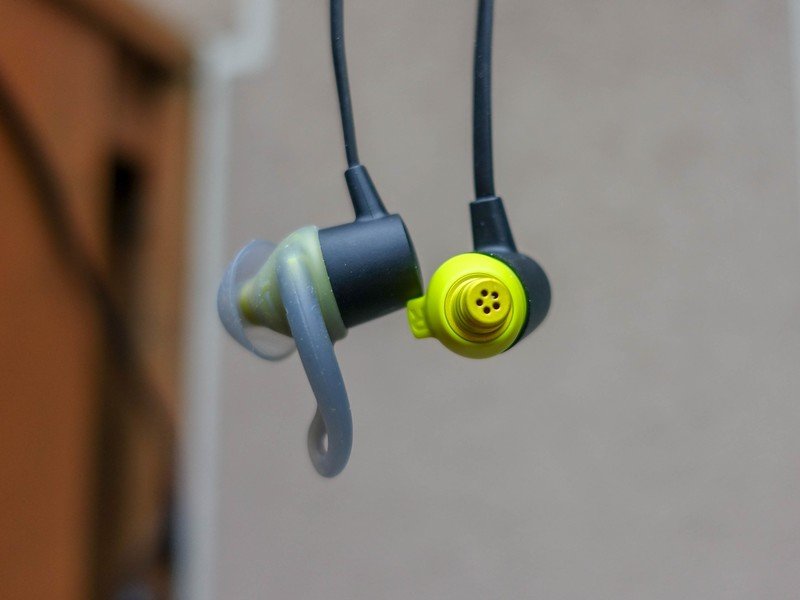
Jaybird Tarah What's great
Sport headphones need to provide a few important things: comfort, especially in motion; sweat resistance or, ideally, water resistance; and adequate battery life. Sound quality doesn't usually top the list, as even the most discerning listener isn't critiquing sound stage or dynamic hurtling down a sidewalk.
Nevertheless, Jaybird tends to use sound quality as a way to justify its higher cost over Amazon-led competitors like Anker, Mpow and others. At $100, the Tarahs sound great out of the box (they use the same drivers as the X4s) but with a bit of equalization through the excellent Jaybird app (available on Android and iOS), they sound even better. By default, Tarah is bass-forward but not overpowering, and unlike other sport headphones, the mids and highs are not buried under the low-end.
Get the latest news from Android Central, your trusted companion in the world of Android
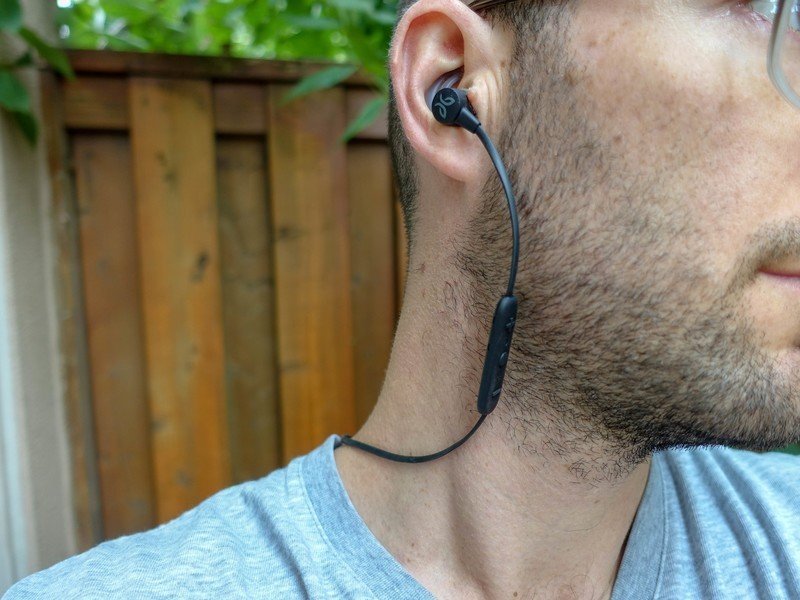
The more important inclusions here are comfortable eartips, which are combined tips and wings — there are three sizes to choose from, with my ears feeling best in the largest of the options — that nestle into the canal and never let up, even in motion.
I'm no distance runner, but in the few miles I logged while wearing the Tarah headphones they only occasionally needed to be repositioned for a better seal (I have a feeling my ears are actually in between the medium and large sizes provided by Jaybird).
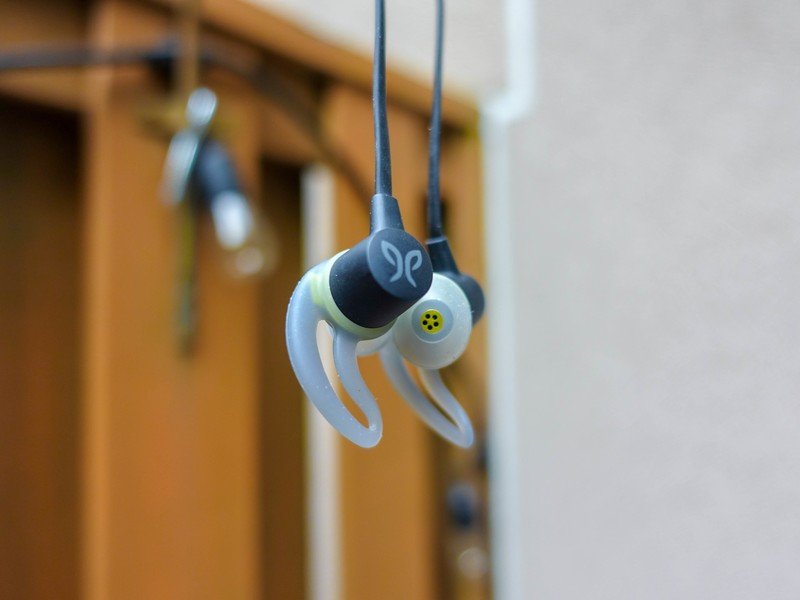
There's a three-button remote below the right tip, flat and long, containing volume up-down keys as well as a combination play/pause (single press) and smart assistant (double press) toggle that, thanks to "Made for Google" certification, works with any phone running Android 6.0 Marshmallow or above.
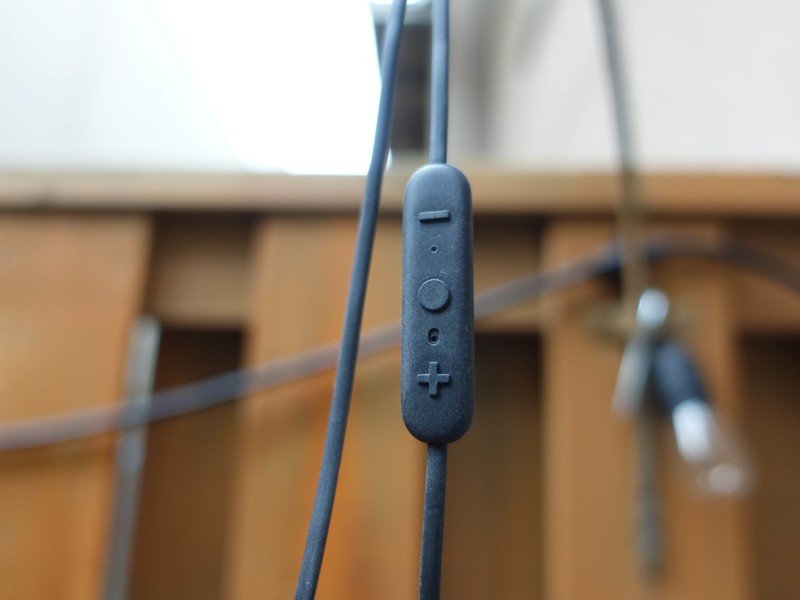
The remote's design is a key feature of the Tarah, as it also contains the charging pins that snap into the included dock. As with all Jaybird headphones, the dock is one of those love-it-or-hate-it inclusions, since it facilitates water resistance by negating a USB port, but it's also something that can be easily lost.
Given my predilection for misplacing such chargers, I'm not a huge fan, but I appreciate its necessity, especially given the headphones' IPX7 rating.
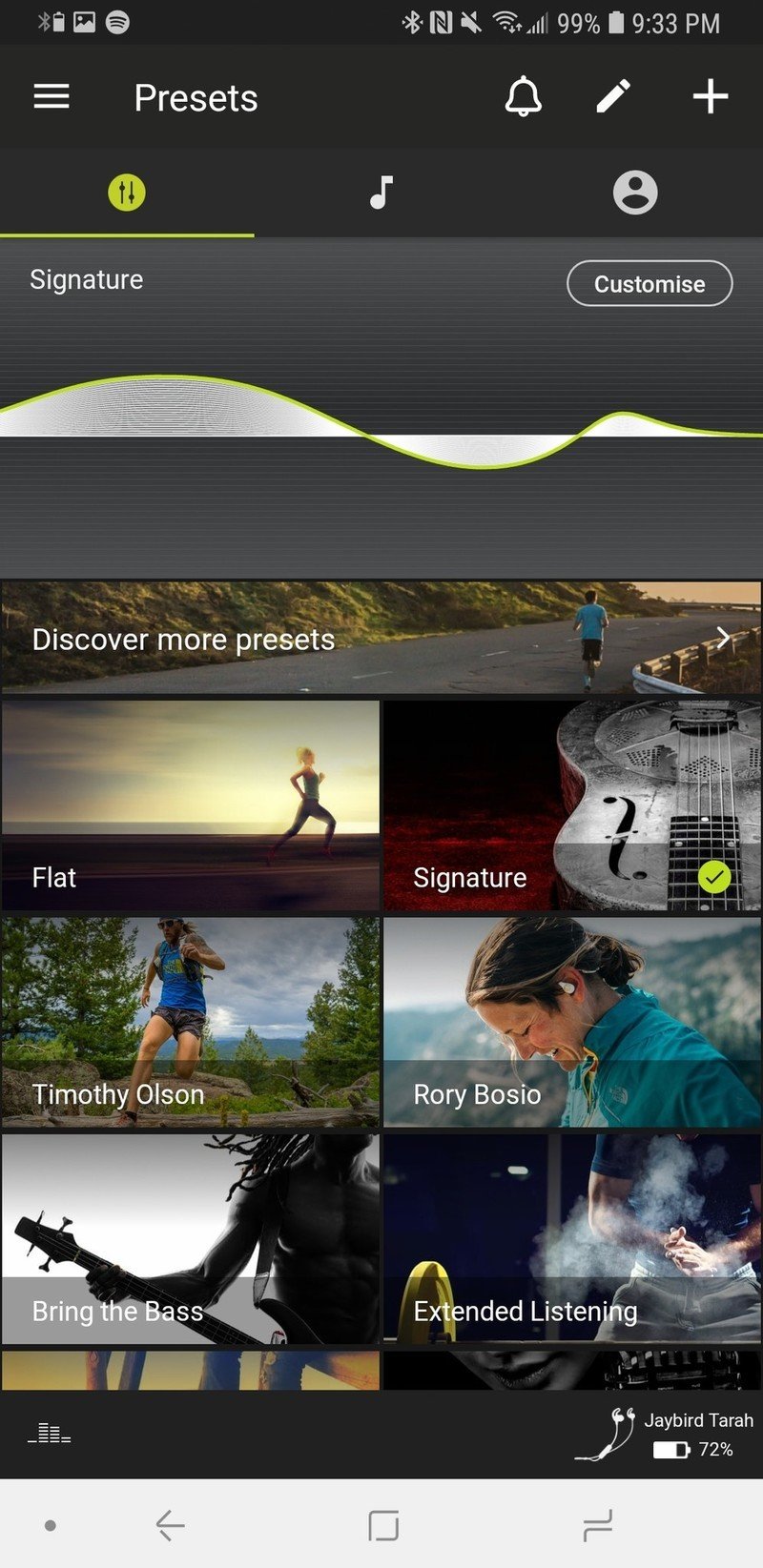


Such a combination means that, like its more expensive X4 counterpart, Tarah can withstand immersion in one meter of water for up to 30 minutes. So don't swim with them but feel free to endure a downpour or two (and if you do, you're a braver person than me).
Jaybird says that Tarah is aimed at athletes that have yet to replace their wired headphones for something a bit more freeing, and the experience is certainly that. With six hours of claimed runtime — I got around five hours but I tend to listen at higher volumes than most — they're not quite as long-lasting as the X4s, but they do the job.
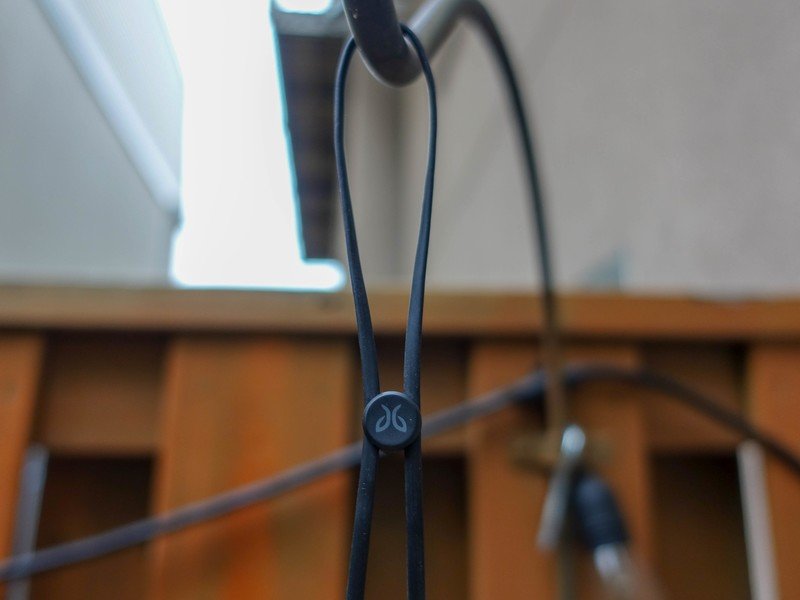
Jaybird Tarah What's not great
It's certainly not a cinch to use the included cinch with Tarah. Unlike the more upmarket X4s, the cinch here is merely a piece of notched plastic into which the flattened cord is meant to be inserted.
But in my experience, the cinch was too finicky to be useful, and never entirely gave me the security I require when using one to tighten headphones against my neck. I ended up just doing without it altogether, getting used to the lightweight rubberized cord thwapping against me as I ran. No big deal.
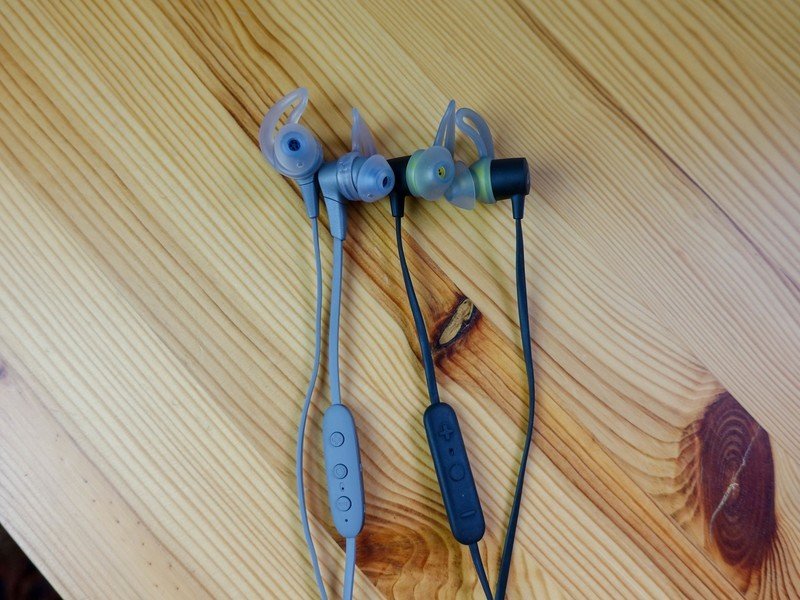
Less egregious but no less disappointing is the lack of separate tips and wings that you find in the X series. I prefer sport headphones without wings at all — that's how I wear the X4s — but, as I said above, I got used to them. Given that the X series also comes with super-comfortable Comply Ultra foam tips that expand in the ears, I feel a bit spoiled (and biased), but anyone without such experience should be happy enough with the options here.
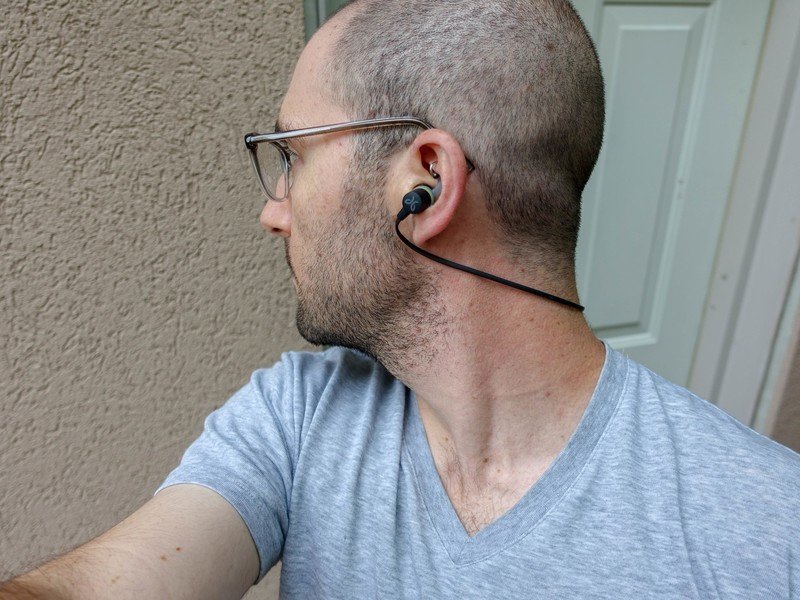
Should you buy them? Yes!
It's difficult to qualify Jaybird's Tarah headphones as "entry-level" given the plenitude of considerably less expensive options on Amazon, from brands well-known to obscure. But in the company's well-earned quadrant of the high-performance sport category, there are no better options than these.
At first I was a bit confused by Tarah's pricing given their relatively short jump to the X4's $30 premium, but Jaybird assured me that the $100 barrier is considerable for many runners, especially those starting out, and it's essential for the Logitech-owned brand to offer a good pair of headphones at the price.
4 out of 5
The upside is this: I've tried many of the cheap Bluetooth sport headphones from companies like Anker, Mpow, SoundPEATS and others and they all sacrifice sound quality and convenience for cost. Given that the Tarahs are IPX7 water resistant, if you intend to wear the same pair for a long time, you'll be very happy with these.

Daniel Bader was a former Android Central Editor-in-Chief and Executive Editor for iMore and Windows Central.
